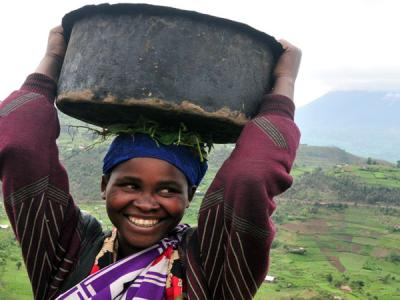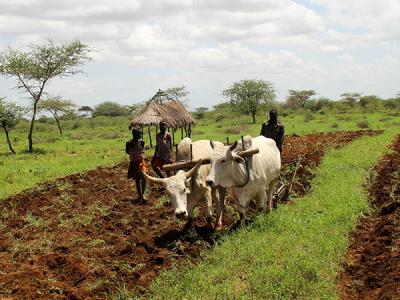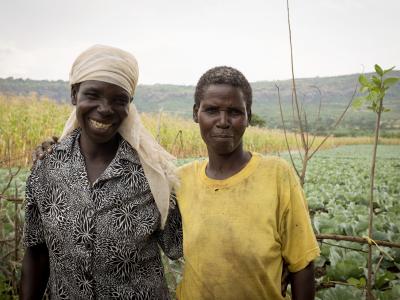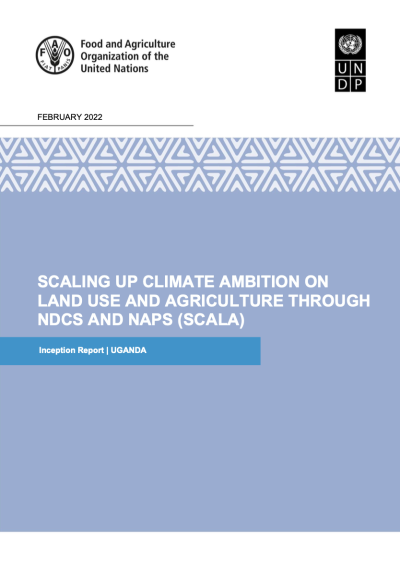Uganda is a land-locked country in Eastern Africa, bordered by the Democratic Republic of the Congo, Kenya, Rwanda, the Sudan and Tanzania. The largest lake on the continent, Lake Victoria, is located on the country’s south-eastern border. Uganda is rich in natural resources, and has relatively fertile soil, biodiversity, rich vegetation and significant water resources; about 18 per cent of the country’s surface area is comprised of water bodies and swamps (OneWorld, 2009).
Approximately 80 per cent of the Ugandans depend on agriculture for their livelihoods and the sector generates 90 per cent of the country’s export earnings (OneWorld, 2009). Uganda has one of the highest population growth rates in the world, with the large majority of the population residing in urban areas (USDS, 2010). Although its Human Development Index has improved over the past decade and income poverty has improved considerably, it remains one of the poorest countries in the world. Its rural population is particularly impoverished (UNDP, 2007).
Uganda occupies 241,038 square kilometres, of which 43,941 square kilometers, representing 18.2% is open water and swamps. Most parts of Uganda lie at an average height of 1,200m above sea level. Project profiles have been developed based on the prioritized and ranked intervention strategies. The project profiles are not area specific including:
- Community tree growing in the highland areas, which are prone to landslides.
- Adaptation to drought in the semi-arid areas Uganda lies across the equator and occupies 241,038 square kilometres, of which open water and swamps constitute 43,941 square kilometres.
This represents 18.2% of the total area. Most parts are on average height of 1,200m above sea level. The lowest altitude is 620m (within the Albert Nile) and the highest altitude (Mt. Rwenzori Peak) is 5,110m above sea level. The climate is equatorial, with moderate humid and hot climatic conditions throughout the year. It has two rain seasons in a year, which merge into one long rainy season as you move northwards from the equator. The first rain season is from March to June, while the second season is from August to November.
Active Projects
Projects Completed
Latest Updates
See allLatest Publications
See allThis Inception Report complements SCALA Uganda project documentation with the outcomes of the inception activities. It specifies the SCALA…








